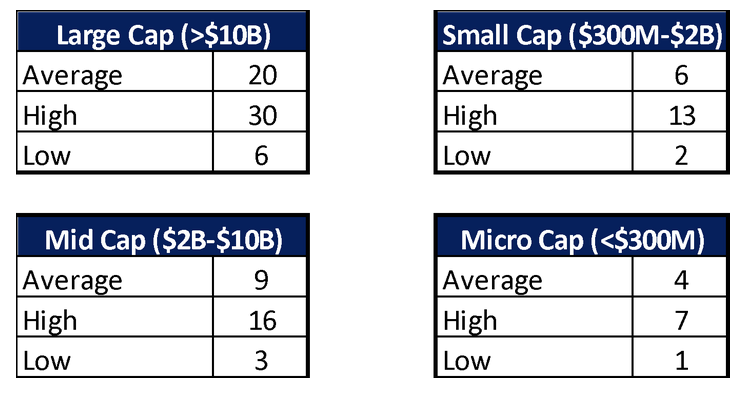For early-stage private healthcare companies, the process of un-stealthing is thematically similar to the process of becoming a publicly traded company; namely, the company has to prepare for increased scrutiny from external parties. Therefore, when making the decision to un-stealth, when and how to do so should be decided in the context of several important considerations.
Considerations
First, is your company ready to share its clinical and regulatory progress? The public eye, particularly investors, will be acutely focused on the current profile of the company and the progress they expect to make. Of course, early-stage private companies are not always ready to share granular timelines for clinical and regulatory milestones. For this reason, it is critical to develop a refined messaging strategy that remains sensitive to the inherent uncertainties of early-stage companies while simultaneously building the foundation for credible disclosure.
Second, does the company have the team in place to manage external communications? Most early-stage companies are laser focused on internal development, and rightfully so. However, the un-stealthing process will invite regular engagement with media, banking partners, and interested investors. While aligning on messaging is important, it is even more important to have the people in place to deliver the message effectively.
And lastly, does the timing of your un-stealthing offer strategic value to your company? In other words, how does increased disclosure support future business development or financing goals? Timelines for a financing will often be set against the backdrop of positive news flow and encouraging macroeconomic conditions. Un-stealthing can provide further support toward a financing event, given later financing rounds often require a broader audience from the financial community. For this reason, it is important to align the two activities properly. This is arguably the most important consideration, addressing the “why” behind the decision to un-stealth.
Preparation
Once these considerations are carefully examined, the next step is a detailed preparation of strategy and materials as the company opens its doors to the public.
Preparation starts with proper messaging. Communicating the value proposition of your company and laying out the milestones you expect to achieve requires careful consideration of the competitive landscape and an accurate projection of how ongoing activities will develop. The goal should be to lay out messaging that conveys excitement about what you bring to the market, without placing company representatives in a difficult position if developments do not go as planned.
Subsequent materials should flow through from these key points to ensure consistency in communications to external parties. The materials key to engaging the financial community include the company’s corporate deck, website, and press releases, to name a few. An emphasis should be placed on clear and concise materials that engage investors and leave lasting impressions.
Finally, companies should plan out a comprehensive calendar of events and activities. Investor conferences, trade shows, and IR planned events are excellent venues for conveying the company message and engaging with those essential to the future development of the company. A specific event may be leveraged to serve as the company’s debut, allowing the company to control their narrative from the very beginning. A target audience and a financing strategy should inform when to engage and what events to partake in.
Gilmartin Group partners with many healthcare innovators, both public and private, to build nuanced communications strategies, developing sustainable messaging that sets companies up to build credibility over time while clearly conveying the differentiated value they provide. We partner with leading public relations and graphics firms to help companies build a website and corporate deck that reflects their objectives in a clear and concise manner. And most importantly, we act as a strategic advisor in contemplating the decision to un-stealth. Contact us today.
Noah Corin, Analyst

